#Pictorialist photographers
Text

Late Afternoon, Venice, 1907
Edward Steichen (American; 1879–1973)
Photogravure, printed 1913
Christie’s, New York
#Edward Steichen#Steichen#1900s#American photographers#American photography#American photographs#photogravures#Venice#Venetian#canals#reflections#waters#gondolas#Pictorialism#American Pictorialism#Pictorialist#Pictorialist photographers#Pictorialist photography#afternoons#views#20th century#20th-century American photographers#20th-century American photography#American art#American artists
9 notes
·
View notes
Text

Gertrude Käsebier :: Zitkala Sa, Sioux Indian and activist, ca. 1898 | src NMAH
view more Zitkala-sa by Käsebier on wordPress
#gertrude kasebier#zitkala sa#sioux#native american#pictorial portrait#pictorialist portrait#pictorialism#photosecession#gertrude käsebier#portrait#women artists#women photographers#beauty#gertrude simmons#red bird
1K notes
·
View notes
Text
Monday's Photography Inspiration - Robert Demachy
Robert Demachy was a French Pictorial photographer of the late 19th and early 20th century. He is best known for his intensely manipulated prints that display a distinct painterly quality. He was influenced by the Impressionist painters and spent most of his time making photographs and developing his theories on photography, both technical and aesthetic.
Léon-Robert Demachy was born…

View On WordPress
#architectural photography#Black & White#black and white photography#inspiration#inspiration of the week#inspirational photographers#inspirations#Monday&039;s photography inspiration#pictorialism#pictorialist#portrait masters#Robert Demachy#Robert Demachy photography
6 notes
·
View notes
Text
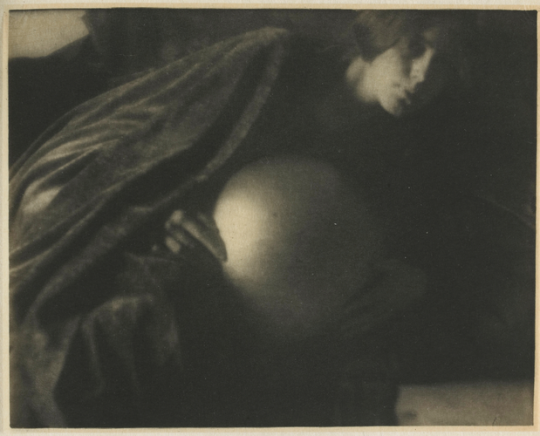

George H. Seeley (1880–1955) héliogravures:
N° 347 (1910)
N° 356 (1910)
#Héliogravure#George H. Seeley#George Seeley#American Photographer#Pictorialism#Pictorialist Aesthetic#Photography#20th century#Pictorialist Movement#Musée d'Orsay#sphere#ball#fruits
0 notes
Text

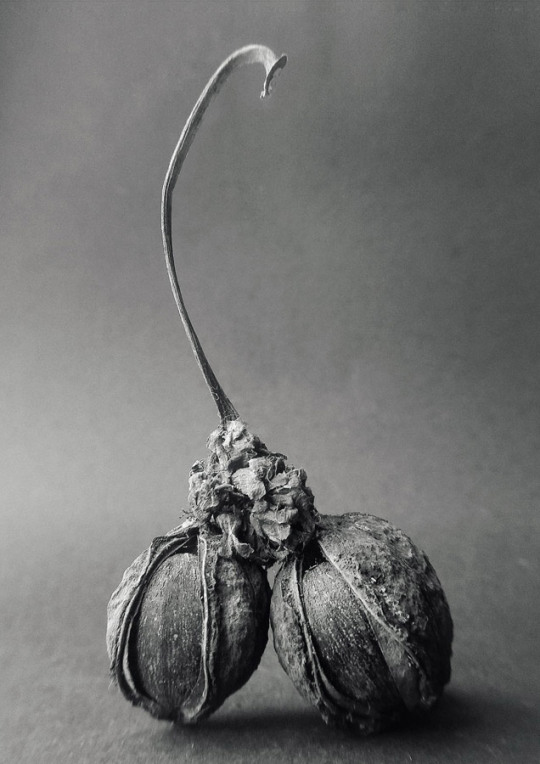




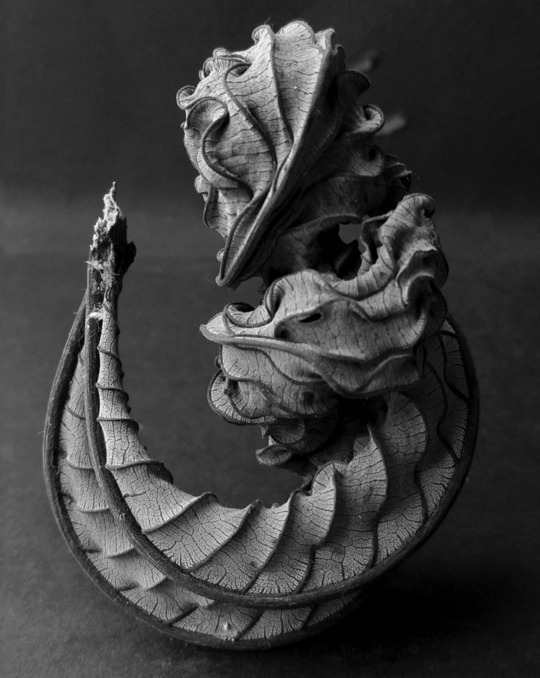
Juan Borja, Spiriti della Foresta (Forest Spirits). Upcoming exhibition 12th of september – 31st of october 2023, Fcf Gallery, Milano.
Juan is a photographer and environmentalist from Peru. "My inspiration comes from photographers like the Vargas brothers and Martín Chambi in the southern andes, the mexicans Graciela Iturbide, Juan Rulfo and Gabriel Figueroa, Felice Beato in Japan, the brazilian Sebastiao Salgado and Karl Blossfeldt from Germany, as well as pictorialists like Misonne."
1K notes
·
View notes
Text

Bohdan Kopecký (Czech Artist , born in 1928) Josef Sudek photographs Prague, 1950.
Josef Sudek (1896-1976) was born in the Czech Republic. Originally a bookbinder, he was badly injured during World War I, resulting in a partial amputation of his right arm (that's why he needed assistance with his activities, and after World War II, he hired an assistant, Sonja Bullaty, a young Czech Jew who survived the Nazi concentration camps. It was Bullaty who took Sudek's work outside the Iron Curtain and preserved over 300 selections of his prints that he continued to send to her after she emigrated to America... And yes, she's the girl in the photo.)
In the 1920's he studied photography for two years in Prague under Jaromir Funke and worked primarily in the Pictorialist style. Eventually a local camera club expelled him for arguing about the need to move forward from "Painterly" photography and he then founded the progressive "Czech Photographic Society" in 1924. During and after World War II, Sudek created haunting night-scapes and panoramas of Prague, photographed the wooded landscape of Bohemia, and the window-glass that led to his garden (the famous "The Window of My Atelier" Series.")
Sudek's individualism did not fit in with the new post-war Czech Socialist Republic (Sudek never married, and was a shy, introverted person. He never appeared at his exhibit openings and few people appear in his photographs. Also notable is the fact that despite the privations of the war and Communism, he kept a renowned record collection of classical music) but the strong artistic tradition of the country meant that there were many who supported his work. He was the first photographer to be honored by the Republic with the title of "Artist of Merit" and in his 70th year, his life's work was recognized by the "Order of Labor."
61 notes
·
View notes
Text




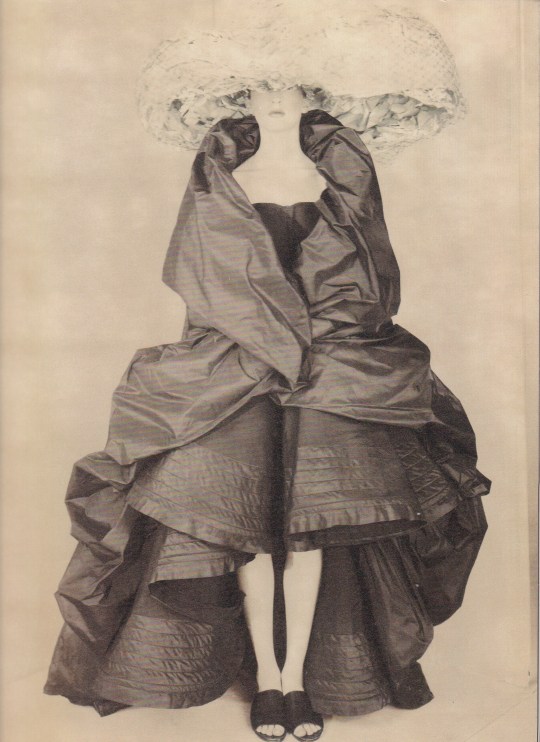

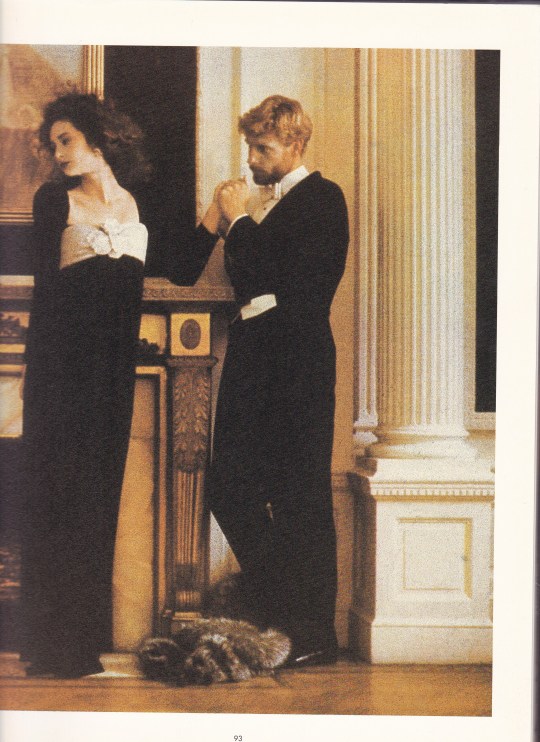
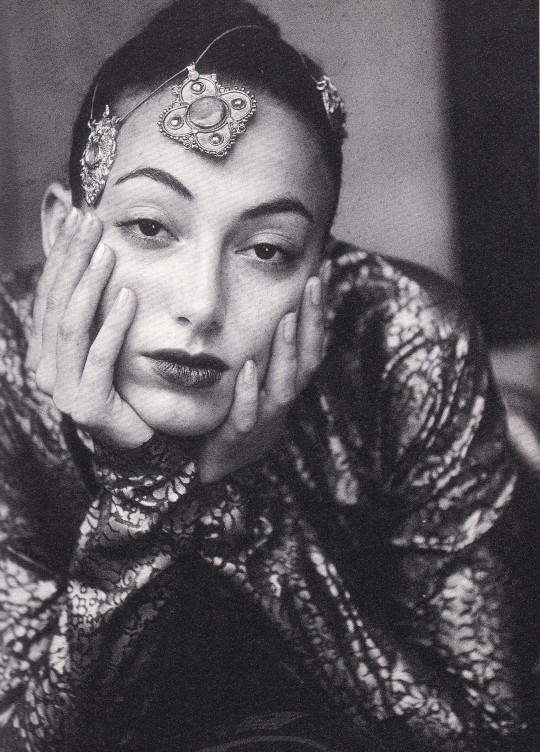
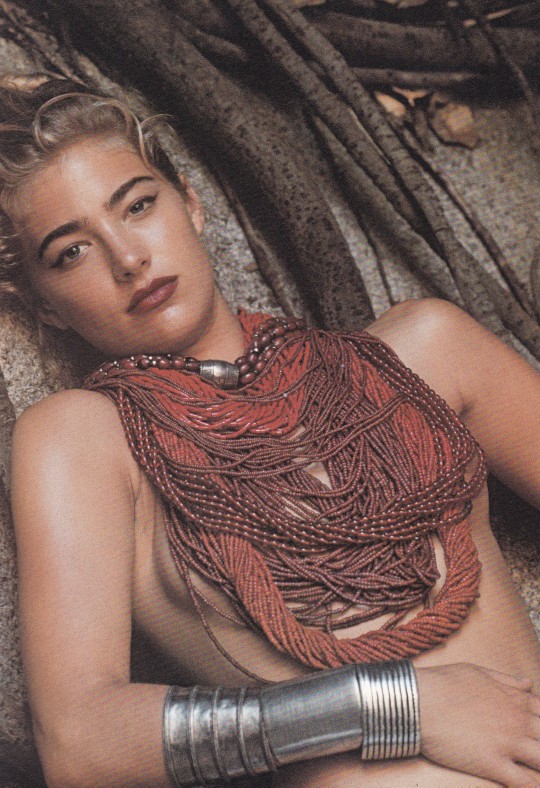
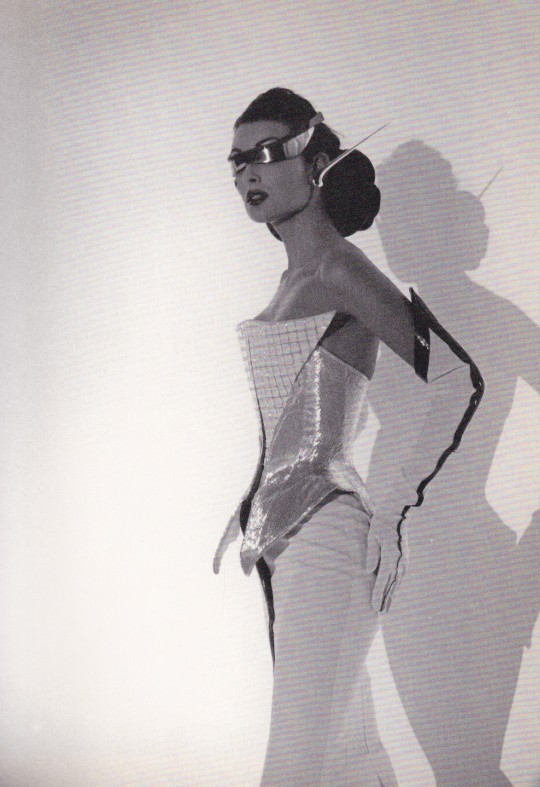
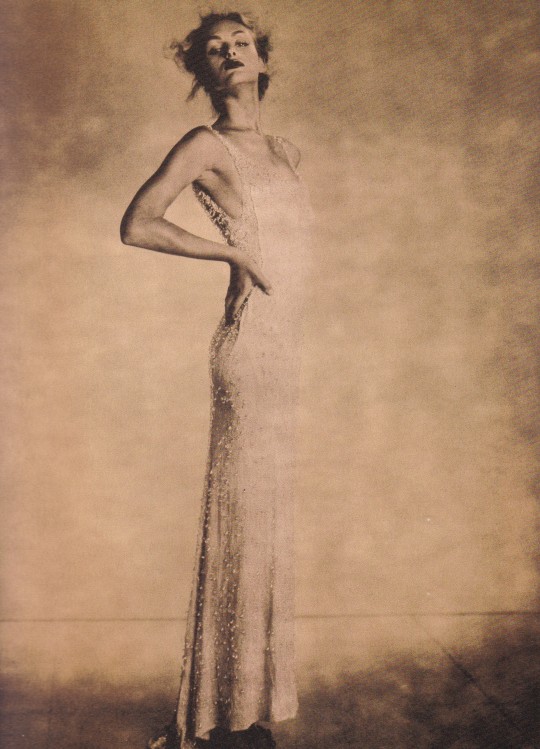
Sheila Metzner Form and Fashion
with texts by Ralph Lauren and M.Raven Metzner
Arena Editions, Santa Fe 2001, 220 pages, 130 four-color illustrations, 25 x 31,4 cm, ISBN 1-892041-39-1
euro 50,00
email if you want to buy [email protected]
The renowned fashion photographer shares her competing nudes and still life's in this first-ever major retrospective of her remarkable photographic work. In Sheila Metzner's photographs, beauty is truly more than skin-deep. She is known for creating rich and refined images for the fashion and television industries, and her textural surfaces and attention to aesthetics have made her work popular since the 1970s with clients as diverse as Fendi, Ralph Lauren, Chanel, and Victoria's Secret. Recasting history for her own demands, Metzner hovers between the pictorialist aesthetic of Alfred Stieglitz or Edward Steichen and the modernist edge of such photographers as Man Ray and Charles Sheeler. The end results, while paying homage, are uniquely Metzner's own and have left a major impression on the history of photography. Metzner's photographs are included in the collections of the Metropolitan Museum of Art, the Museum of Modern Art, the International Center of Photography, the Museum of Fine Arts, Houston, the Chrysler Museum, the Agfa and Polaroid Corporations, Saks Fifth Avenue, and the Norton, as well as in many personal collections.
15/06/23
orders to: [email protected]
ordini a: [email protected]
twitter:@fashionbooksmi
instagram: fashionbooksmilano
designbooksmilano
tumblr: fashionbooksmilano
designbooksmilano
#Sheila Metzner#form and fashion#photography books#Fendi#Ralph Lauren#Chanel#Victoria's Secret#fashion books#fashionbooksmilano
15 notes
·
View notes
Text
Clarence Hudson White (1871–1925) was an American photographer, teacher and a founding member of the Photo-Secession movement. He grew up in small towns in Ohio, where his primary influences were his family and the social life of rural America.
Clarence White has been described by photo historian Naomi Rosenblum as the one who may be considered the archetypal Pictorialist photographer of the United States.
In the early 20th century, the Photo-Secession movement was born. This movement was all about seeing photography as fine art and not just being for documentation. Pictorialism was celebrated and emphasized within the movement, which is a style of photography in which photos were usually manipulated to turn them into art. The subject matter was also usually styled and posed. Basically, Pictorialism was all about the use of artistic interpretation in photography instead of strictly capturing reality.
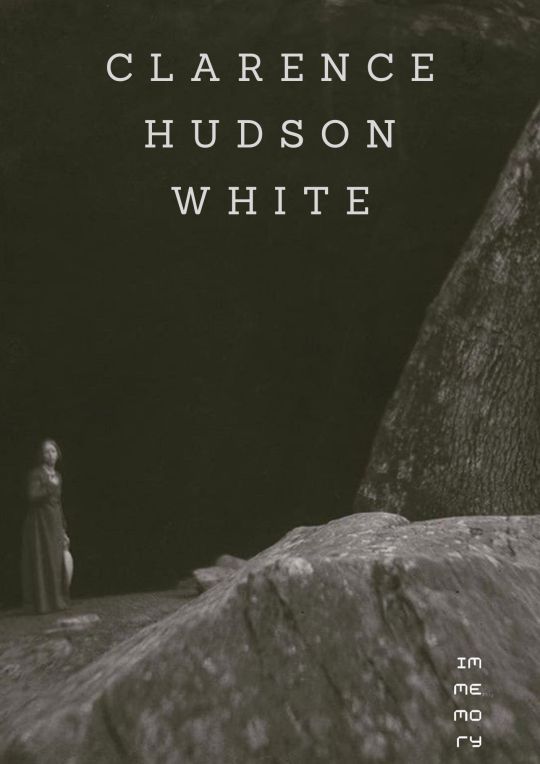
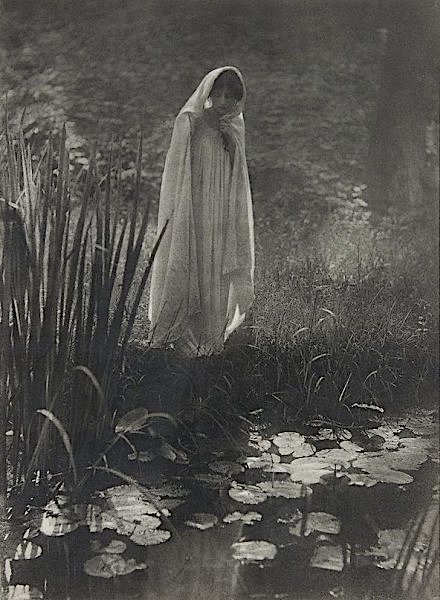

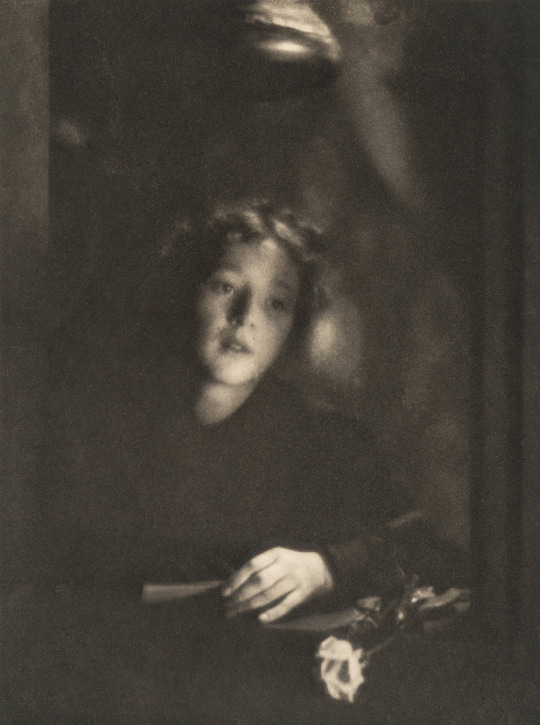
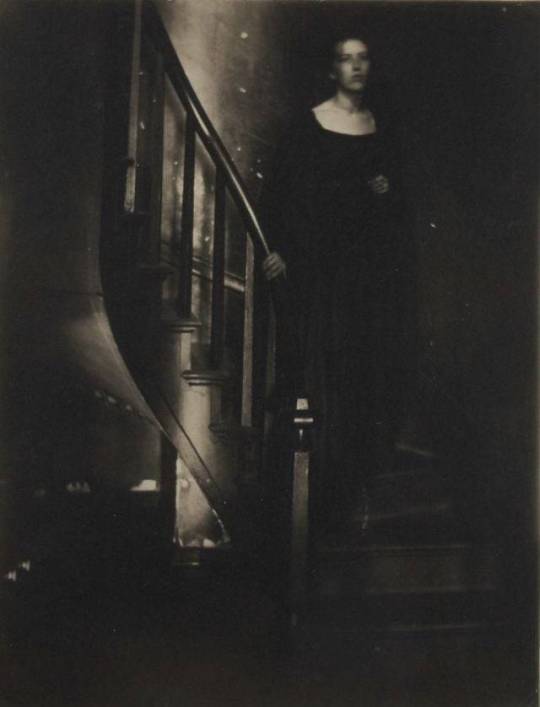


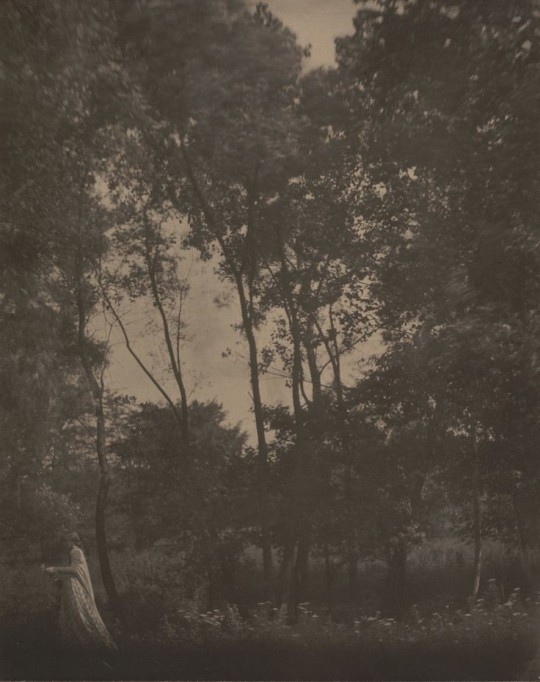


#clarence hudson white#pictoralism#photography#culture#art collective#photomagazine#art#london#bnwphotography
28 notes
·
View notes
Photo


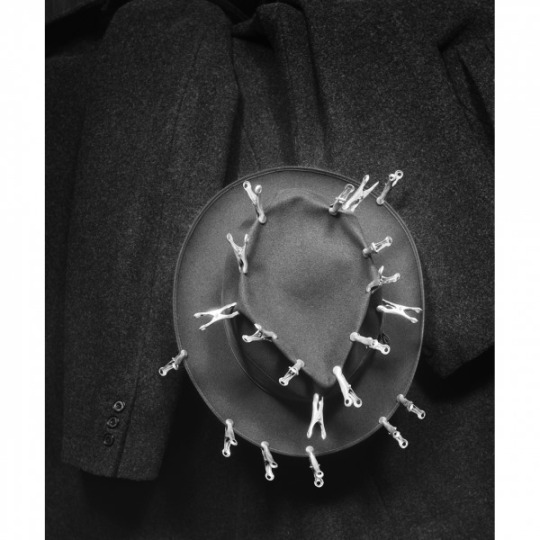
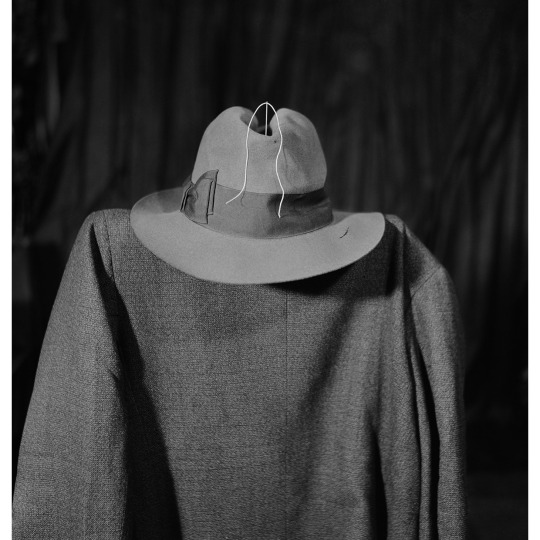
Kansuke Yamamoto: Japanese Surrealist.
Yamamoto spent much of his youth in his father’s small photography supply store and studio. Goro Yamamoto was an avid photographer who embraced the pictorialist aesthetic. While western audiences had largely moved on from Pictorialism by this time, the permissive Taisho Era encouraged the popularity of the genre in Japan. Although Kansuke was immersed in the mechanics and principles of photography, he was completely unimpressed with Pictorialism; as such, he was far more interested in writing poetry than taking photographs during his youth.
Read further https://www.inthein-between.com/kansuke-yamamoto-digital/
11 notes
·
View notes
Text
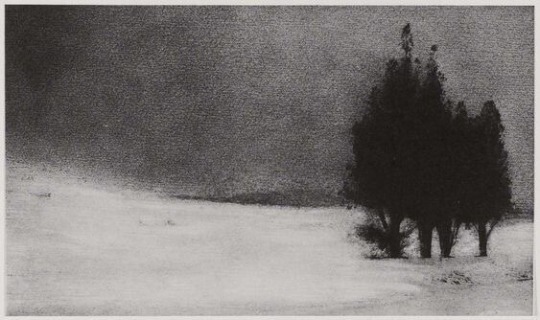
pictorialist photographer Robert Demachy - (1859-1936)
66 notes
·
View notes
Photo

Roger Bamber, who has died of lung cancer aged 78, was a leading photojournalist covering music, riots and politics for British newspapers from the Sun to the Guardian. He won photographer of the year for each of those newspapers – a unique achievement.
While at the Sun, he snapped one of the defining images of Freddie Mercury performing at Live Aid in 1985. Among his many memorable photographs for the Guardian is a black-and-white image of a lone boy on Brighton beach, pointing and laughing at a Punch and Judy show. The simple, yet perfect image was part of Roger’s portfolio when he won the photographer of the year award for the Guardian in 1992.
Roger had begun working as a freelance for the Observer in 1988, then the Guardian soon after I had arrived to run the picture desk and was charged by the then editor, Peter Preston, to take on the Independent – which had made a name for itself with its great photography.
Through his slew of awards and accolades, as well as his eye for a good picture and endless energy and enthusiasm, Roger helped our team to do just that. It was my belief that readers of the Guardian visited art galleries and watched good television and films, and, as such, they deserved to be stimulated by the photographs they looked at in the Guardian. Bamber’s pictures made the reader think and smile and even look twice. He was a picture editor’s dream.
A true pictorialist, he enjoyed capturing the beauty of shape and form, always with a wry sense of humour and even a twist of anarchy. He specialised in finding quirky people in arts and crafts up and down the country who he instinctively knew would make great photographs. Roger was a lover of trains, and one of his best photographs, entitled The Station Under the Station, shows an avid collector as a giant, looking through a miniature station at his beloved train set. The sense of scale in the image is extraordinary, and looked incredible in the paper.
He would photograph the same scene 50 times from ever so slightly different angles. To me it often looked like the same picture on six different contact sheets – sometimes I just used a pin and randomly chose one; they were all great.
Born in Leicester, Roger was the younger of two children of Vera (nee Stephenson), who worked in the local textile industry, and Fred Bamber, a telephone operator. It was while growing up close to the Great Central Railway line that Roger developed his fascination with steam trains, which was to become a lifelong obsession.
In 1960, after leaving Beaumont Leys secondary school aged 16, Roger began a graphic art course at Leicester College of Art. But once he had blown his entire year’s £80 student grant to upgrade his Rolleicord camera to a Nikon, it was clear that his future lay in photography, and, after graduation in 1963, he worked as junior photographer for a local advertising agency, Fleetway Publications. The following year, the college launched its first photography course, and Roger was invited back to teach on it, aged only 19.
A year later, in 1965, on his first day in London shopping his portfolio around, Roger got his first Fleet Street job, covering news and features for the Daily Mail, then a broadsheet. While there, he won commercial and industrial photographer of the year in the British Press Awards (1967).
In November 1969, he was poached by the launch team of Rupert Murdoch’s new project – the tabloid Sun newspaper. Over the 19 years he spent there he covered hard news and soft features all over the world, from war to rock and pop, and won many awards, including photographer of the year for his 1973 image of a bloodied, injured barrister being helped to safety after the IRA bombed the Old Bailey.
During this time, he hung out on tour with the likes of David Bowie and the Rolling Stones. A handwritten note on hotel stationery from 1976 confirms the Stones granted him permission to photograph rehearsals for the first night of their European tour, at the Festhalle, Frankfurt. A 1983 image of Mick Jagger and Jerry Hall in Barbados depicts Jagger strumming a guitar and laughing his head off, not because Hall is pregnant with their first child, Elizabeth, but because Roger had been swallowed up by a huge wave – nevertheless he got his picture.
Roger had moved to Brighton in 1973, and in 1999 he worked with Brighton and Hove council in its bid for city status, his portraits and images of favourite places contributing to its success.
In 2005 he was awarded an honorary master’s degree from the University of Brighton, “for his distinguished photojournalism and the wealth of images of Brighton inspired by the city”. He was chuffed to receive this honour, given that he had left school without a single O-level.
Despite living in Brighton, Roger was always seen in a Leicester Cricket Club sweater under a sports jacket, even though he hated cricket – Leicester City FC were his first love.
Roger continued to win awards until his retirement from mainstream newspaper photography in 2009. He carried on photographing anything and everything that caught his eye, and encouraged young photographers with endless patience. In the days before he died Roger was thrilled to see (and was correcting to the last) the proofs of his forthcoming book, Out of the Ordinary – he certainly was.
He married his long-term partner, Shân Lancaster, a journalist, in 2004. The couple had met while covering the Falklands war for the Sun and were together for 40 years.
Shân survives him, as does his sister Valerie.
🔔 Roger Bamber, photographer, born 31 August 1944; died 11 September 2022
Daily inspiration. Discover more photos at http://justforbooks.tumblr.com
21 notes
·
View notes
Text
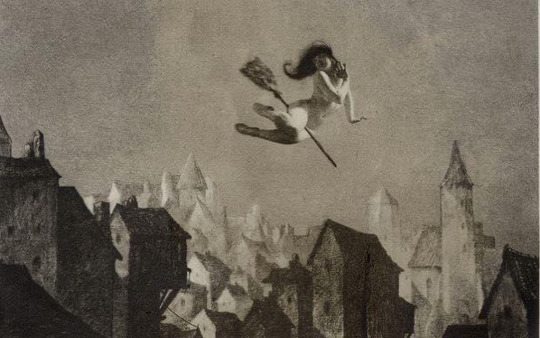
Pictorialist photography by William Mortensen (1897-1965),“Ho Ho for the Sabath l”
11 notes
·
View notes
Text
Monday's Photography Inspiration - Jozef Emiel Borrenbergen
Jozef Emiel Borrenbergen, pictorialist, born in Antwerp in 1884, was one of the first amateur photographers in Belgium. He saw all the important periods in photography since the turn of the century and was wonderful at adapting to new styles and techniques.
His work was published in international publications in the Twenties and Thirties. The Antwerp Fotomuseum dedicated an exhibition to…
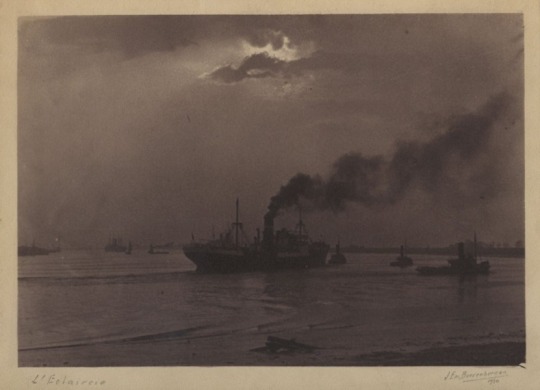
View On WordPress
4 notes
·
View notes
Text

Francis J. Mortimer • Seagulls at rough sea, 1913
This rare mezzotint gravure on thick art paper is one of the best oeuvre by pictorialist photographer Francis James Mortimer (British, 1874- 1944)
Mortimer was a yachtsman, and is best known for his dramatic seascapes. He became a member of the prestigious "Linked Ring" in 1907 and he often combined negatives for photo-montage as is also obvious in this image
31 notes
·
View notes
Photo


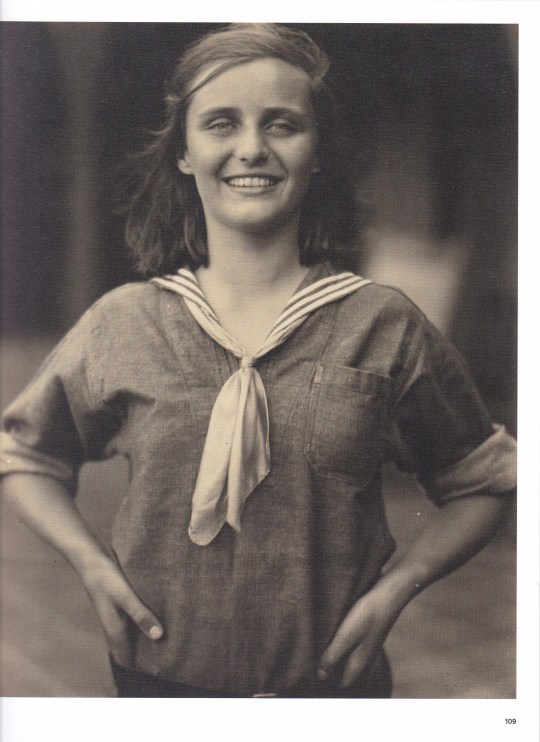
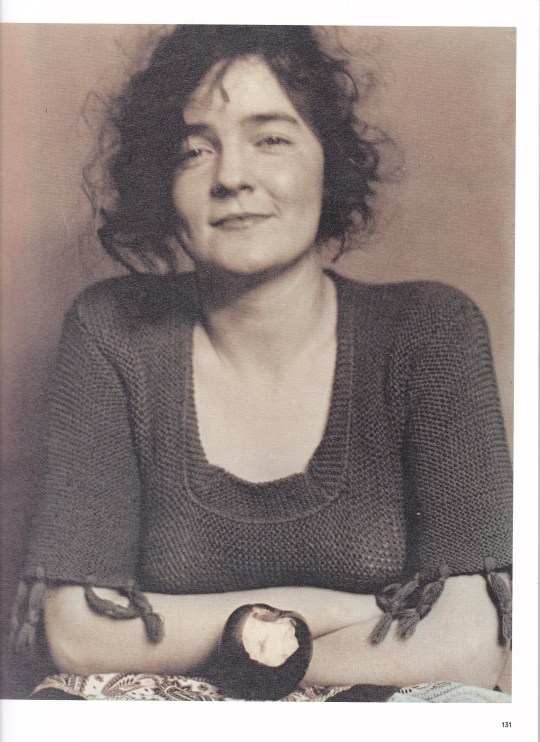

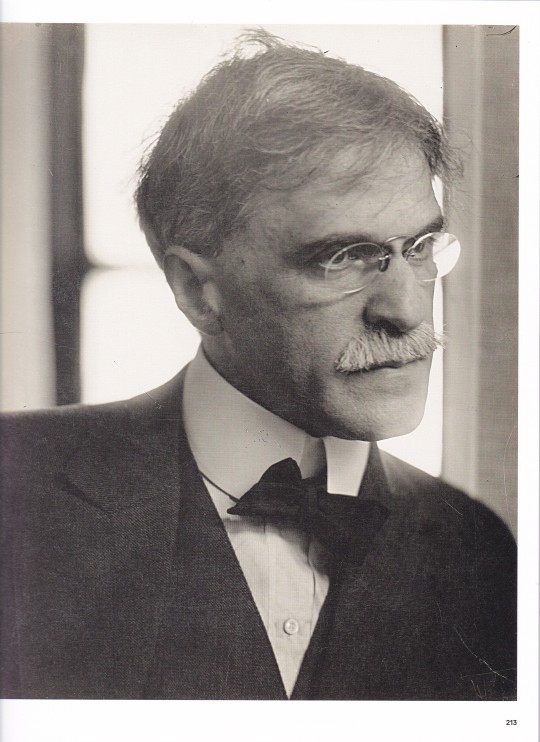


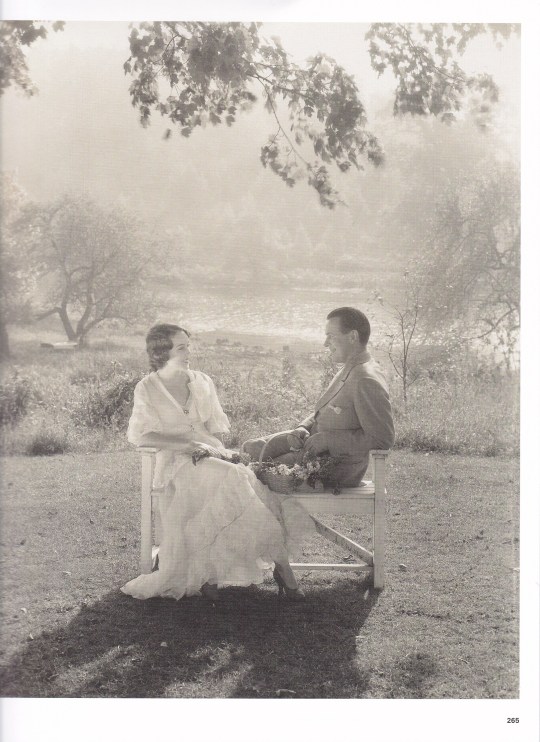

Edward Steichen The Luxembourg Bequest
a cura di Michel Polfer and Gilles Zeimet
SilvanaEditoriale, Cinisello Balsamo 2022, 464 pagine, 540 ill., cartonato, Inglese, 24,50 x 30 cm, ISBN 9788836651559
euro 60,00
email if you want to buy [email protected]
In March 1985, the National Museum of Luxembourg unexpectedly received a generous bequest from the estate of Edward Steichen, the Luxembourg-born and world-renowned American photographer. The bequest comprises a total of 178 prints, including 175 photographs by Steichen himself that cover almost all aspects of his photographic oeuvre – from the pictorialist images of his early years to portraiture, fashion, advertising, landscapes, and family photographs.
For the first time, this extraordinary collection is presented in a comprehensive scholarly manner, with full-page illustrations of all 178 photographs. In addition, the publication includes six new essays by five authors that deal with questions of identification, techniques, and dating of the prints as well as their conservation and preservation. They examine the provenance and impact history of the collection and compare the significance of the Luxembourg donation with other bequests made at the same time to institutions in the United States and overseas. The significance of the astonishingly large number of family photographs in the Luxembourg bequest and Steichen’s special role as a mediator of Modernism between Europe and the New World are also explored.
26/04/23
orders to: [email protected]
ordini a: [email protected]
twitter: fashionbooksmilano
instagram: fashionbooksmilano, designbooksmilano tumblr: fashionbooksmilano, designbooksmilano
#Edward Steichen#The Luxembourg Bequest#photography books#178 photographs#Modernism#American photographer#fashion books#fashionbooksmilano
16 notes
·
View notes
Text
𝘐𝘴 𝘱𝘩𝘪𝘭𝘰𝘴𝘰𝘱𝘩𝘺 𝘪𝘮𝘱𝘰𝘳𝘵𝘢𝘯𝘵 𝘪𝘯 𝘺𝘰𝘶𝘳 𝘸𝘰𝘳𝘬 ?
As I've said before, what's more important than thinking in my work is feeling. That's why philosophy and attitudes in life take second place. A momentary reaction, a lived experience of being involved in an event, the desire for an undistorted reproduction of what you are witnessing... Of course I have my own vision and understanding, or rather my own interpretation of reality. But we are not able to reformat our consciousness at lightning speed when confronted with something that does not fit into the usual canons of our perception of reality. How then not to distort the present you are witnessing? Is there enough time and experience to present a material that tolerates no other reading than that which is emitted and narrated by the characters of the images themselves? If there is a philosophy in my practice, it is only as an auxiliary function in the final stage of the final assembly of the project. What would guide me in this process? "Two things in the world fill my soul with sacred awe - the starry sky overhead and the moral law within us." - So said the great philosopher Immanuel Kant.
𝘞𝘩𝘰 𝘩𝘢𝘷𝘦 𝘣𝘦𝘦𝘯 𝘺𝘰𝘶𝘳 𝘪𝘯𝘧𝘭𝘶𝘦𝘯𝘤𝘦𝘴?
I'm afraid this list will be too long. Because I was originally trained as an artist and then as a theologian, and in a very abbreviated way, I have to mention Mikhail Vrubel and Pavel Florensky. However, if I come closer to the subject matter of this interview, I will try to single out a number of names which were particularly important for my photographic vision and formation. The curator of my first solo exhibition was the eminent Pictorialist photographer Georgy Kolosov. He was the first known photographer to appreciate my work and give me a start in my photographic life. Also, at the initial stage, thanks to personal acquaintance and lively communication, Vladimir Sokolayev, Valery Shchekoldin, Alexander Shchemliaev, Vladimir Syomin and Alexander Sliussarev have influenced my approach to aesthetics and semantic content of visuals. I was once lucky enough to meet Josef Koudelka when he visited Moscow. Previously his works, notably the Gypsy Cycle, have made an indelible impression on me. Perhaps I would like to single out another representative of the Czech school of photography, who has also opened the door to documentaries. Jindřich Štreit. The closest person to me from the Baltic school of photography is Romualdas Rakauskas. And as much as I would not like to name and cite other famous and respected names of my contemporaries, whom I sincerely love and admire, I will focus on two photographers whose visual language and work content is in unison with my current understanding of photodocumentary work. Number one is Marco Pesaresi, an Italian photographer with a piercing destiny and poetic legacy. And as I attach particular importance to the female gaze in the visual arts, number two in my pantheon of documentary photographers is the Frenchwoman Lise Sarfati. And this is by no means an exhaustive list. I keep discovering new names and keep my eyes watered by looking at photographs by previously known authors. It's a whole World.
𝘋𝘰 𝘺𝘰𝘶 𝘧𝘦𝘦𝘭 𝘵𝘩𝘢𝘵 𝘺𝘰𝘶𝘳 𝘸𝘰𝘳𝘬 𝘪𝘴 𝘱𝘰𝘭𝘪𝘵𝘪𝘤𝘢𝘭?
I think it's just not possible. Judge for yourself. My constant photographic credo is documentary. Unlike reportage that captures a momentary event, which can be interpreted in editorial ways with any politicized label, be it positive for one side or negative for the other, my series of works reflect timeless storylines. They are usually long-term projects about the lives of ordinary people without any ideological overtones. Traditional routines, stable everyday relationships, natural joys and sorrows, attributed in images and imprinted in centuries of history. And I hope that they will remain so in History with a capital letter. However, I try to add narrative to the visuals, where the text merely deciphers the salient features of the subject matter covered. A delicate, or should I say careful, treatment of the text is the key to a truthful story with heartfelt content. In this sense, I am guided by a rather convincing dictum of the French philosopher Jean Baudrillard, who was also fond of photography and had an excellent grasp of it. "The image must speak for itself. The ideal here would be total silence. Any commentary overwhelms and distorts the image. But people, as a rule, are not satisfied with the image alone: they need text, commentary, discourse. However, there is also a reciprocal relationship between image and text. They are in constant interaction. At first it's rejection, mutual exclusion, then comes a kind of companionship."
To summarize, I would like to note that for me personally, as a human being, the intuitionism of Nikolay Lossky and the cosmopolitanism of Maximilian Voloshin are closer. Proceeding from this, my picture does not accept any political position, apart from the fact that it was made by a Russian photographer by birth.
@misha-maslennikov
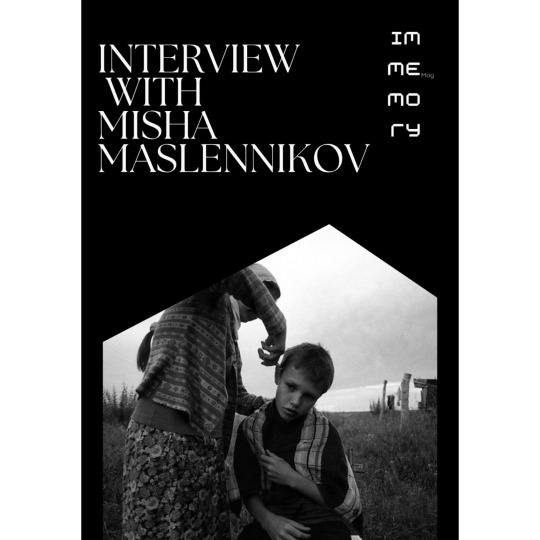
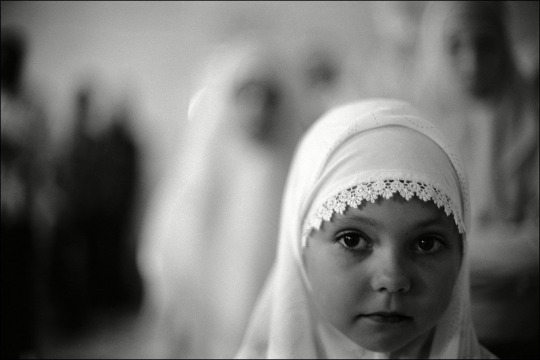

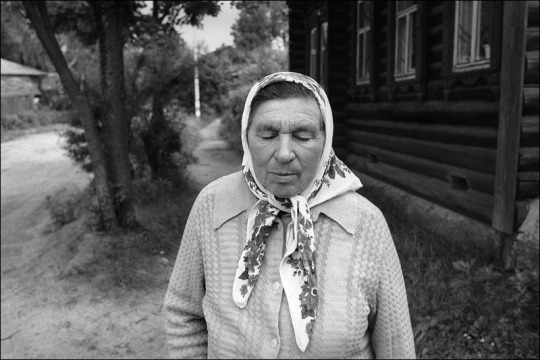




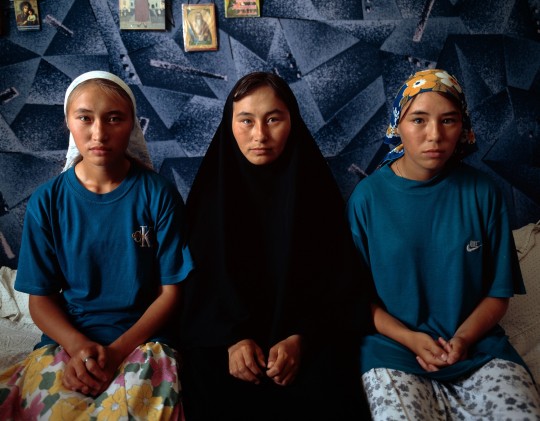

#photography#culture#art collective#photomagazine#art#bnwphotography#original photographers#black and white photography#misha maslennikov#russian photographer#london
11 notes
·
View notes